Home>Storage Ideas>Kitchen Storage>Kitchens With Curves: How To Embrace This New Trend
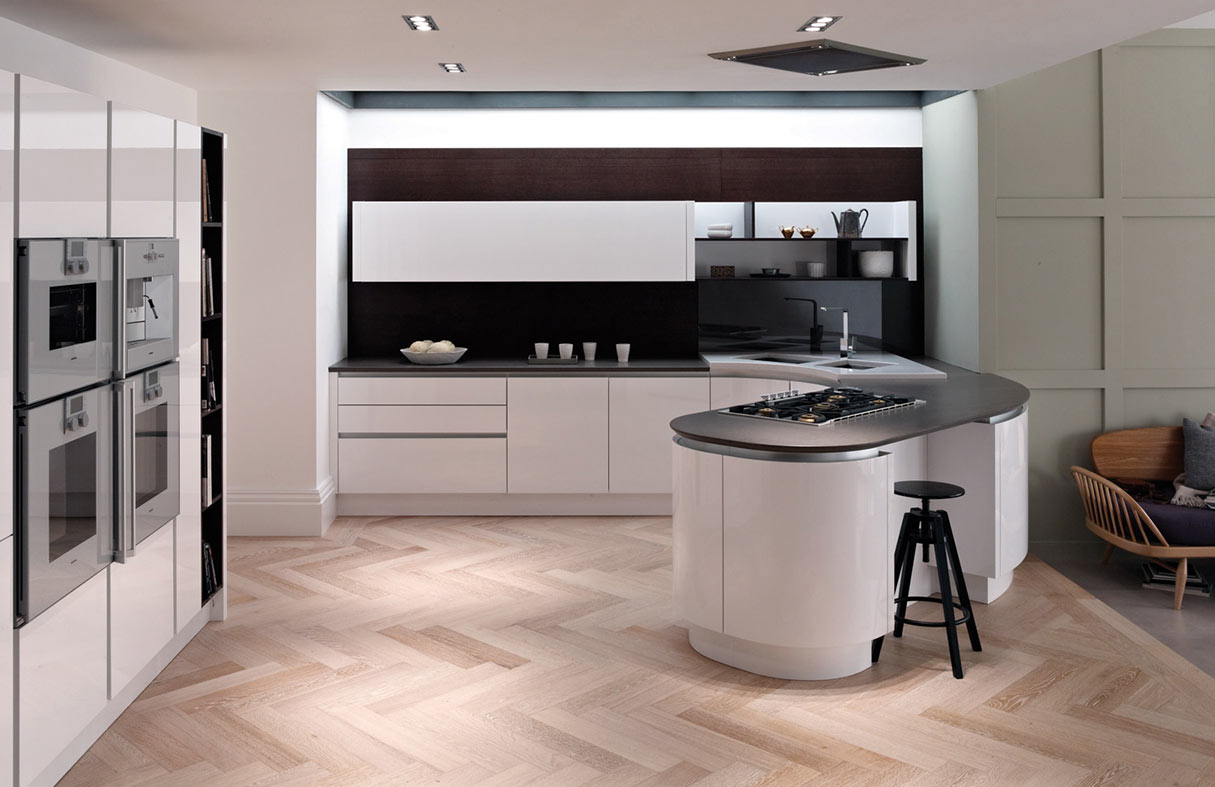

Kitchen Storage
Kitchens With Curves: How To Embrace This New Trend
Modified: February 29, 2024
Discover the latest kitchen storage ideas and embrace the trend of kitchens with curves. Maximize space and style with innovative designs that elevate your cooking experience.
(Many of the links in this article redirect to a specific reviewed product. Your purchase of these products through affiliate links helps to generate commission for Storables.com, at no extra cost. Learn more)
Introduction
In the world of kitchen design, trends come and go, but one recent trend that has been gaining popularity is the use of curves. Traditionally, kitchens have been dominated by straight lines and sharp angles, but now, homeowners and designers are embracing the beauty and functionality of curved kitchen designs.
Curved kitchens offer a unique and innovative approach to kitchen design, creating a sense of flow and movement in the space. From curved cabinets and countertops to curved kitchen islands and appliances, there are endless possibilities for incorporating curves into your kitchen storage ideas.
In this article, we will explore the reasons why curved kitchens are trending, the benefits they offer, and how you can incorporate this design trend into your own kitchen. Whether you’re planning a complete kitchen remodel or just looking for some inspiration to update your storage solutions, you’ll find plenty of ideas and tips to create a stunning and functional curved kitchen.
Key Takeaways:
- Embrace the beauty and functionality of curved kitchen designs to create a visually stunning and highly functional space that reflects your style and personality.
- Incorporating curves into your kitchen design adds a sense of flow, elegance, and improved functionality, making the kitchen a more inviting and comfortable space.
Why Curves Are Trending in Kitchens
Curved kitchen designs have captured the attention of homeowners and designers for several reasons.
1. Aesthetics: Curves add a soft and graceful touch to the kitchen space. They create a sense of warmth and elegance, making the kitchen a more inviting and comfortable place to be. The smooth lines and flowing shapes of curved cabinets, countertops, and other elements create a visually stunning and harmonious look in the kitchen.
2. Versatility: Unlike straight lines, which can be rigid and limiting, curves offer more flexibility in terms of design possibilities. Curved cabinets and countertops can be customized to fit specific spaces and can easily accommodate irregular room layouts. They can also be used to soften the look of a larger kitchen, breaking up the monotony of long stretches of straight lines.
3. Improved Functionality: Curved kitchen designs can enhance the functionality of the space. For example, curved cabinets and countertops provide ergonomic benefits by eliminating sharp corners and edges, reducing the risk of accidents. They also allow for better workflow and traffic flow in the kitchen, as they create natural pathways and make it easier to access and organize items.
4. Enhanced Socializing: The use of curves in kitchen design creates a more inviting and communal atmosphere. Curved kitchen islands, for instance, encourage interaction and conversation, as they provide a space for people to gather around and socialize while cooking or entertaining. This design element promotes a sense of togetherness and makes the kitchen the heart of the home.
5. Trendy and Unique: Let’s face it – kitchen design trends are ever-evolving. By embracing the curved kitchen trend, you can create a kitchen that stands out from the rest. Curved elements add a touch of uniqueness and modernity to the space, making it a focal point of your home. Whether you prefer a sleek and minimalist look or a more eclectic and artistic style, curves can be incorporated to match your personal taste and style.
6. Timelessness: While trends come and go, curves in kitchen design have a timeless appeal. Unlike some trendy elements that may quickly become outdated, curved kitchen designs have a classic and enduring charm. They can effortlessly blend with various architectural styles and interior design themes, ensuring that your kitchen remains stylish and relevant for years to come.
With their aesthetic appeal, versatility, improved functionality, and ability to create a welcoming environment, it’s no wonder that curved kitchens are gaining popularity among homeowners and designers alike. Whether you want to make a bold statement or add a subtle touch of elegance, embracing the trend of curved kitchen designs can transform your kitchen into a stunning and functional space.
Benefits of Curved Kitchen Designs
Curved kitchen designs offer a range of benefits that go beyond just aesthetics. Here are some of the key advantages of incorporating curves into your kitchen storage ideas:
1. Improved Flow and Movement: The use of curves in kitchen design creates a sense of flow and movement, making the space appear more dynamic and inviting. The smooth lines and gentle curves create a visual rhythm that enhances the overall ambiance of the kitchen.
2. Enhances Accessibility: Curved cabinets and countertops can improve accessibility in the kitchen. The absence of sharp corners and edges reduces the risk of accidental bumps and injuries. Curved cabinets can also offer better visibility and easier access to stored items, as they eliminate the hidden corners that are common in traditional straight cabinets.
3. Maximizes Space: Curved kitchen designs can help maximize space utilization, especially in smaller kitchens. The absence of sharp corners allows for more efficient use of the available space, making it easier to navigate in the kitchen and optimize storage solutions.
4. Creates a Focal Point: Curved kitchen elements, such as a curved kitchen island or a curved range hood, can serve as a focal point in the space. They draw the eye and add visual interest, making a statement and elevating the overall design of the kitchen.
5. Adds Softness and Elegance: Curves have a naturally soft and elegant quality that can transform the look and feel of the kitchen. They create a sense of sophistication and luxury, making the kitchen a more inviting and comfortable space for cooking, entertaining, and spending time with loved ones.
6. Customizable Design: Curved kitchen designs offer a high level of customization. Whether you opt for curved cabinets, countertops, or kitchen islands, they can be tailored to fit your specific needs and preferences. The flexibility in design allows you to create a kitchen that reflects your personal style and maximizes functionality.
7. Complements Various Design Styles: Curved kitchen designs are versatile and can complement various design styles. Whether you prefer a modern, minimalist look or a more traditional, vintage-inspired aesthetic, curves can seamlessly integrate into the overall design and enhance the visual appeal of the kitchen.
8. Evokes Sensuality: Curved kitchen designs have a sensual quality that adds a touch of romance and warmth to the space. The soft curves evoke a sense of comfort and intimacy, creating an inviting atmosphere for both cooking and socializing.
With their ability to improve flow, maximize space, and add elegance and customization to your kitchen, curved kitchen designs offer a range of benefits. Whether you’re starting from scratch or giving your existing kitchen a makeover, embracing the use of curves can transform your kitchen into a functional and visually stunning space.
Incorporating Curved Cabinets and Countertops
Curved cabinets and countertops are key elements in creating a visually appealing and functional curved kitchen. Here are some tips for incorporating these curved features into your kitchen design:
1. Curved Cabinet Layout: Instead of using traditional straight cabinets, consider incorporating curved cabinets into your kitchen design. These can be used for base cabinets, upper cabinets, or even corner cabinets. Curved cabinets offer a unique and stylish look while maximizing storage space.
2. Island with Curved Cabinets: If you have a kitchen island or are planning to add one, consider incorporating curved cabinets in its design. A curved cabinet island not only adds visual interest but also provides additional storage space. This curved feature becomes a focal point in your kitchen and creates a natural flow around the island.
3. Curved Countertop: Pair your curved cabinets with a curved countertop to complete the cohesive look of your kitchen. A curved countertop not only enhances the aesthetics but also offers functional benefits. It allows for a smooth and uninterrupted workflow, making it easier to access different areas of your kitchen without any sharp corners in the way.
4. Design Continuity: When incorporating curved cabinets and countertops, ensure that the overall design remains consistent. Use complementary materials, colors, and finishes to achieve a cohesive look. This will create a seamless transition between the curved elements and the rest of your kitchen design.
5. Customization: Curved cabinets and countertops can be custom-made to fit your specific kitchen layout and storage needs. Work with a professional kitchen designer or cabinetmaker who specializes in curved designs to ensure that the cabinets and countertops are designed and built to perfection.
6. Lighting Accentuation: Use lighting to highlight the beauty and elegance of your curved cabinets and countertops. Under-cabinet lighting or strategically placed spotlights can accentuate the curves and create a visually stunning effect. This will not only enhance the overall aesthetics of your kitchen but also provide functional lighting for tasks such as food preparation.
7. Balance with Straight Lines: While incorporating curved cabinets and countertops, it’s essential to strike a balance with straight lines in your kitchen design. This can be achieved by incorporating straight elements such as straight cabinet handles, linear backsplashes, or straight-edged appliances. The combination of curves and straight lines creates an interesting and harmonious visual dynamic in your kitchen.
8. Consider Open Shelving: For a more open and airy look, consider incorporating open shelving in your curved kitchen design. Open shelves can be integrated alongside the curved cabinets, providing an opportunity to display and access frequently used items while maintaining the overall flow and aesthetics of the kitchen.
Incorporating curved cabinets and countertops in your kitchen design adds an element of elegance, functionality, and design uniqueness. Whether you choose to go for a fully curved kitchen or incorporate curved elements alongside straight lines, these features will undoubtedly elevate the visual appeal and functionality of your kitchen, making it a standout space in your home.
Curved Kitchen Islands: Functional and Stylish
Curved kitchen islands are becoming increasingly popular for their combination of functionality and style. They serve as a focal point in the kitchen while offering numerous benefits. Here’s why a curved kitchen island might be the perfect addition to your kitchen:
1. Enhanced Workflow: The curved shape of the kitchen island creates a natural flow and movement in the kitchen. It allows for smooth navigation around the island, making it easier to access different areas of the kitchen without any sharp corners in the way. This enhances the overall workflow and efficiency in the kitchen.
2. Ample Seating: Curved kitchen islands typically have a larger surface area, providing ample seating options. The curved shape allows for more seating space compared to straight-edge islands. This makes it ideal for entertaining guests or for casual dining within the kitchen, creating a welcoming and social atmosphere.
3. Versatile Storage: Curved kitchen islands offer versatile storage solutions. They can feature a combination of cabinets, drawers, or open shelves, providing ample space to store kitchen essentials. The curved design allows for easy access to the stored items from multiple angles, making organization and meal preparation a breeze.
4. Visual Interest: A curved kitchen island adds visual interest and becomes a focal point in the kitchen. The smooth curves create a soft and elegant look, breaking away from the monotony of straight lines in the surrounding cabinetry. It becomes a statement piece that enhances the overall aesthetics of the kitchen space.
5. Encourages Interaction: The curved shape of a kitchen island promotes interaction and conversation. It creates a more intimate setting, allowing people to gather around and engage in conversations while preparing meals or entertaining. Whether it’s your family, friends, or guests, a curved kitchen island becomes a central gathering place in your home.
6. Space Optimization: Curved kitchen islands are designed to optimize the available space. By utilizing the curved shape, they can fit seamlessly into various kitchen layouts and accommodate irregular room dimensions. This allows for efficient use of space, especially in smaller kitchens where every square inch matters.
7. Design Flexibility: Curved kitchen islands can be customized to match your preferred design style. Whether you prefer a modern, sleek look or a more traditional and ornate design, there are various materials, finishes, and countertop options to choose from. This ensures that your curved kitchen island complements the overall aesthetics of your kitchen.
8. Softens the Space: The smooth curves of a kitchen island soften the overall look of the kitchen. They add a sense of balance and harmony to the space, breaking up the straight lines and sharp edges that are often prevalent in kitchen design. This creates a more inviting and comfortable environment.
With their enhanced workflow, ample seating, versatile storage, and visual appeal, curved kitchen islands are a functional and stylish addition to any kitchen. They not only provide practical benefits for meal preparation but also serve as a gathering place and a focal point that elevates the overall design of the space. Consider incorporating a curved kitchen island into your kitchen to make a bold statement and create a beautiful and functional centerpiece.
Curved Appliances: Making a Statement
When it comes to kitchen design, the focus is not solely on cabinets and countertops. Curved appliances have emerged as a trend, bringing a unique and eye-catching element to the kitchen. Here’s why curved appliances can make a statement in your kitchen:
1. Striking Visual Appeal: Curved appliances, such as curved refrigerators or ovens, immediately draw attention and add a striking visual appeal to the kitchen. The smooth, rounded edges create a sleek and modern look, breaking away from the conventional straight lines of traditional appliances. They become an instant focal point and conversation starter in your kitchen space.
2. Complementary Design: Curved appliances can complement the overall design of a curved kitchen. When paired with curved cabinets, countertops, or islands, they create a cohesive and harmonious look. The symphony of curves throughout the kitchen enhances the aesthetic appeal and creates a sense of flow and balance.
3. Space Optimization: Curved appliances can help optimize space in the kitchen. The rounded edges allow them to fit more seamlessly into the overall kitchen layout, particularly in kitchens with curved cabinets or countertops. This maximizes the available space and ensures a smooth and visually appealing transition between the appliances and the surrounding elements.
4. Ergonomic Benefits: Curved appliances offer ergonomic benefits. The absence of sharp corners and edges reduces the risk of accidents and injuries. This is especially beneficial in a busy kitchen where safety is a priority. Additionally, the smooth curves of the appliances make them easier to clean, as there are no crevices for dirt and grime to accumulate.
5. Innovative Features: Many curved appliances come equipped with innovative features that enhance functionality and user experience. From touchscreen control panels to smart home integration, these appliances offer convenience and advanced technology. They are designed to make your cooking and kitchen tasks easier and more enjoyable.
6. Unique Statement Piece: Curved appliances serve as unique statement pieces in the kitchen. They allow you to express your personal style and create a kitchen that is distinctive and memorable. Whether you prefer a minimalist and monochromatic look or a vibrant and artistic aesthetic, curved appliances can add that touch of individuality and personality to your kitchen design.
7. Versatile Design Options: Curved appliances come in a variety of designs and sizes, catering to different kitchen spaces and layouts. Whether you’re looking for a curved refrigerator, oven, or dishwasher, you can find options that fit seamlessly into your kitchen. They offer versatility and flexibility, allowing you to create a customized kitchen design that suits your needs and preferences.
8. Timeless Appeal: While curved appliances are a current trend, their timeless appeal ensures that they won’t go out of style quickly. The elegant and contemporary design transcends trends, allowing them to blend seamlessly into various kitchen aesthetics for years to come. This ensures that your kitchen remains stylish and up-to-date, even as design trends evolve.
Curved appliances offer a unique and visually stunning element to your kitchen design. They make a bold statement, enhance the overall aesthetics, and provide ergonomic benefits. Whether you’re planning a complete kitchen renovation or looking to refresh your space, consider incorporating curved appliances to elevate your kitchen to new heights of style and functionality.
When designing a kitchen with curves, consider using rounded countertops, curved cabinets, and circular islands to create a more fluid and inviting space.
Curved Lighting Fixtures: Enhancing the Design
Lighting is a crucial element in kitchen design, and curved lighting fixtures offer a unique way to enhance the overall aesthetics of the space. Here’s how incorporating curved lighting fixtures can elevate the design of your kitchen:
1. Accentuates Curves: Curved lighting fixtures can highlight and accentuate the curves present in your kitchen design. Whether it’s a curved pendant light above a kitchen island or a chandelier with curved lines, these fixtures draw attention to the elegant and fluid shapes of your kitchen. They create a stunning visual impact that enhances the overall design.
2. Creates a Focal Point: Curved lighting fixtures serve as focal points in the kitchen. By their very nature, the unique shape and design of these fixtures command attention and become a visual centerpiece. They add character and style to the space, making a statement and tying together the overall design elements in your kitchen.
3. Adds Visual Interest: Curved lighting fixtures add an element of visual interest to the kitchen. Their unique shape and design break away from traditional straight-line lighting fixtures, making the lighting itself a design feature. The curves create a sense of movement and dynamism, elevating the visual appeal of the kitchen.
4. Creates a Sense of Balance: Curved lighting fixtures can help create a sense of balance in a kitchen with curved elements. When paired with curved cabinets, countertops, or islands, the lighting fixtures add a sense of harmony. The combination of smooth curves throughout the kitchen design creates a cohesive and visually pleasing environment.
5. Provides Ambient Lighting: Curved lighting fixtures can provide ambient lighting, casting a soft and warm glow throughout the kitchen. This type of lighting creates a welcoming and inviting atmosphere, making the space feel cozy and comfortable. It also helps to create a well-lit environment for cooking, meal preparation, and socializing in the kitchen.
6. Reflects Style and Personality: Curved lighting fixtures come in a variety of styles, ranging from contemporary and modern to more traditional and vintage-inspired designs. By choosing the right fixture, you can reflect your personal style and personality in your kitchen. Whether you prefer sleek and minimalist or ornate and intricate designs, curved lighting fixtures allow you to add a touch of your unique flair to the space.
7. Flexible Placement: Curved lighting fixtures can be placed strategically to optimize the lighting in your kitchen. Pendant lights can be positioned above kitchen islands or dining areas, while chandeliers can be placed over a central dining table. The flexibility in placement allows you to create a well-lit and visually balanced kitchen space.
8. Enhances Task Lighting: Curved lighting fixtures can also provide functional task lighting for specific areas in the kitchen. For example, installing curved LED strips under curved cabinets can provide focused illumination for cooking surfaces or prep areas. It combines functionality with aesthetics, ensuring that your lighting serves a practical purpose while enhancing the overall design.
Curved lighting fixtures have the power to transform the look and feel of your kitchen. By accentuating curves, creating a focal point, and adding visual interest, these fixtures elevate the overall design of the space. Whether you choose pendant lights, chandeliers, or other types of curved fixtures, they will undoubtedly enhance the ambiance and style of your kitchen.
Choosing the Right Flooring and Backsplash for Curved Kitchens
When designing a curved kitchen, selecting the right flooring and backsplash is crucial to enhance the overall aesthetics and complement the curved elements. Here are some tips to help you make the right choices:
1. Coordinate with the Curves: Opt for flooring and backsplash materials that coordinate with the curves in your kitchen. Consider using materials with flowing patterns, such as natural stone, ceramic tiles, or hardwood floors with fluid grain patterns. These materials will complement the curves and create a sense of harmony in the space.
2. Consider Seamless Options: In a curved kitchen, choosing flooring and backsplash options that allow for seamless transitions can enhance the overall flow and continuity of the design. Seamless materials, such as large-format tiles or continuous countertops, can create a smooth visual flow that complements the curves in your kitchen’s design.
3. Embrace Curved Patterns: If you want to accentuate the curves in your kitchen, consider using flooring and backsplash materials with curved or geometric patterns. This can be achieved through mosaic tiles, herringbone patterns, or curved laminate panels. These patterns will add visual interest and echo the curves found elsewhere in the kitchen.
4. Choose Lighter Colors: Lighter colored flooring and backsplash options can help create the illusion of more space in a curved kitchen. Light-colored materials reflect natural light, making the kitchen feel brighter and more open. Consider using light-colored tiles, natural stone, or light wood flooring to brighten up the space and complement the curves.
5. Consider Texture: Texture can play a significant role in adding depth and visual interest to your curved kitchen. Consider textured flooring and backsplash options, such as textured tiles or natural stone with varied finishes. The texture will add dimension to the design and create a more tactile experience in the kitchen.
6. Pay Attention to Practicality: While aesthetics are important, it’s essential to consider the practicality of your flooring and backsplash choices. Choose materials that are easy to clean, durable, and resistant to stains and moisture. This will ensure that your curved kitchen remains beautiful and functional for years to come.
7. Seek Professional Advice: If you’re unsure about which flooring and backsplash options will best complement your curved kitchen, consider consulting with a professional interior designer or kitchen specialist. They can offer valuable advice based on your specific design preferences, budget, and lifestyle.
8. Create Contrast: Adding a touch of contrast can make your curved kitchen design even more visually striking. Consider using contrasting colors or materials for your flooring and backsplash. For example, if you have light-colored cabinets, a darker or patterned backsplash can create a dramatic contrast. This will make the curves stand out and create a dynamic visual impact.
Choosing the right flooring and backsplash materials for your curved kitchen is essential to harmonize the design, enhance the curves, and create a cohesive look. By coordinating with the curves, considering seamless options, embracing patterns, and paying attention to practicality, you can create a stunning backdrop that complements the unique design of your curved kitchen.
Color Schemes and Finishes for Curved Kitchens
Choosing the right color schemes and finishes for your curved kitchen is a critical step in creating a cohesive and visually appealing design. Here are some tips to help you create a harmonious color palette and choose the right finishes:
1. Consider the Overall Aesthetic: Start by considering the overall aesthetic you want to achieve in your curved kitchen. Do you prefer a modern and minimalist look, a cozy and rustic feel, or a bold and vibrant design? Understanding your desired style will guide you in selecting the appropriate color scheme and finishes.
2. Create Contrast: Incorporate contrast by pairing light and dark colors. For example, if you have light-colored cabinets and countertops, consider adding darker hues for the backsplash or flooring. This contrast will create visual interest and make the curves in your kitchen stand out.
3. Harmonize with Natural Light: Take into account the amount of natural light in your kitchen when choosing colors and finishes. If your kitchen receives ample natural light, consider using lighter colors to enhance the brightness. If your kitchen has limited natural light, opt for warmer tones to create a cozy and inviting atmosphere.
4. Coordinate with Materials: Take note of the materials you’ve chosen for your curved cabinets, countertops, and flooring. Consider the color and finish of these materials when selecting your color scheme. Choose complementary colors that enhance the natural beauty of the materials and harmonize with the overall design.
5. Use Neutral Colors as a Base: Neutral colors are a timeless choice for any kitchen design, including curved kitchens. Shades of white, beige, gray, or taupe can serve as a versatile base for your color palette. They provide a clean and sophisticated backdrop while allowing the curves and other design elements to shine.
6. Embrace Bold Accents: If you’re looking to add a pop of color or personality to your curved kitchen, consider incorporating bold accents. Choose one or two vibrant colors that complement the overall color scheme and use them as accents in your accessories, such as decorative items, bar stools, or curtains.
7. Texture and Finishes: Consider incorporating different textures and finishes to add depth and visual interest to your curved kitchen. For example, pairing matte finishes with glossy ones can create a dynamic contrast. Incorporate textured materials like brushed metal, natural stone, or textured glass to add tactile appeal to the design.
8. Test Samples: Before making final decisions, make sure to test color samples in your kitchen. Lighting conditions can vary, and the appearance of colors can change depending on the time of day and surrounding elements. Test samples of your chosen finishes to ensure they complement each other and achieve the desired effect.
Ultimately, the color scheme and finishes you choose for your curved kitchen should reflect your personal style and create a harmonious and visually appealing space. By considering the overall aesthetic, creating contrast, harmonizing with natural light, coordinating with materials, and incorporating texture, you can achieve a beautiful and cohesive color scheme that enhances the curves and creates a stunning kitchen design.
Read more: New Trends In Flooring And Ceiling Products
Tips for Designing a Curved Kitchen
Designing a curved kitchen requires thoughtful planning and attention to detail to create a visually stunning and functional space. Here are some tips to help you design a curved kitchen that will be the envy of all:
1. Work with a Professional: Consider working with a professional kitchen designer or architect who specializes in curved kitchen designs. Their expertise will ensure that your design is well-executed and optimized for functionality.
2. Prioritize Workflow: Plan your layout with the workflow in mind. Consider the natural flow of movement in the kitchen and ensure that there is ample space for cooking, prep work, and cleaning. The curves should enhance the workflow, making it easy and efficient to navigate the space.
3. Optimize Storage Solutions: Curved cabinets and storage solutions offer unique design opportunities. Use the curves to your advantage and maximize storage space. Customized curved cabinets, corner cabinets, and pantry storage can help you make the most of your kitchen’s unique shape.
4. Focus on Ergonomics: Pay attention to ergonomics in your curved kitchen design. Ensure that the height of countertops and the placement of appliances are suitable for your comfort and ease of use. Consider the most convenient locations for items like sinks, ovens, and refrigerators.
5. Lighting Design: Proper lighting is essential in any kitchen, and a curved kitchen is no exception. Incorporate a combination of ambient, task, and accent lighting to create a well-lit and visually pleasing space. Consider using curved lighting fixtures that complement the design and highlight the curves.
6. Balance Curves with Straight Lines: Achieve a harmonious design by balancing the curves with straight lines. Incorporate some straight elements, such as linear cabinet handles, straight-edged appliances, or straight backsplash tiles. This juxtaposition creates visual interest and maintains balance in the overall design.
7. Pay Attention to Proportions: Ensure that the proportions of your curved kitchen are balanced. Consider the size of your kitchen and the scale of the curves. The curves should fit organically within the space without overpowering or overwhelming the overall design.
8. Create a Cohesive Design: Maintain a cohesive design by choosing complementary materials, colors, and finishes. From the flooring and backsplash to the cabinets and countertops, everything should blend seamlessly together. Consistency in design elements will enhance the cohesiveness of the curved kitchen.
9. Personalize with Decorative Elements: Add your personal touch to the curved kitchen design with decorative elements. Incorporate artwork, plants, or unique accessories that reflect your style and personality. These finishing touches will make the space feel inviting and showcase your individuality.
10. Regular Maintenance: Lastly, maintain your curved kitchen with regular cleaning and maintenance. Clean the curves of cabinets, countertops, and other surfaces regularly to keep them looking their best. Follow appropriate care instructions for your chosen materials to ensure their longevity.
Designing a curved kitchen requires attention to detail, careful planning, and a focus on functionality. By working with professionals, optimizing storage solutions, ensuring ergonomic design, balancing curves with straight lines, and personalizing the space, you can create a truly stunning and functional curved kitchen that will be the heart of your home.
Conclusion
A curved kitchen design brings a fresh and innovative approach to kitchen storage ideas. From curved cabinets and countertops to curved kitchen islands and appliances, incorporating curves adds a sense of flow, elegance, and functionality to the space.
The rising popularity of curved kitchens can be attributed to their numerous benefits. Curves enhance the aesthetics by providing softness, grace, and a focal point in the kitchen. They also improve the flow and accessibility, making the kitchen a more inviting and comfortable space. The versatile design options and the ability to complement various styles make curved kitchens a perfect fit for any home.
Incorporating curved cabinets and countertops adds a unique touch to the kitchen. Customizing these elements to fit your specific needs maximizes space utilization and allows for efficient workflow. Curved kitchen islands become functional and stylish gathering places, while curved appliances and lighting fixtures make bold statements and enhance the overall design.
Choosing the right flooring, backsplash, color schemes, and finishes can take a curved kitchen design to the next level. Coordinating with the curves, creating contrast, and considering practicality all contribute to a cohesive and visually appealing design. Working with professionals and following ergonomic principles ensure that your curved kitchen is not only beautiful but also functional.
Designing a curved kitchen requires careful thought, attention to detail, and a touch of personalization. By following the tips provided, you can create a truly stunning and functional space that reflects your style and personality.
Whether you’re planning a complete kitchen remodel or just looking for ways to update your storage solutions, embracing the trend of curved kitchens allows you to elevate your kitchen design and create a space that is both visually stunning and highly functional.
So why stick to straight lines when you can embrace the beauty and functionality of curves in your kitchen? Let your creativity run wild and transform your kitchen into a space that is truly one-of-a-kind, with a design that flows effortlessly and captivates anyone who enters.
Frequently Asked Questions about Kitchens With Curves: How To Embrace This New Trend
Was this page helpful?
At Storables.com, we guarantee accurate and reliable information. Our content, validated by Expert Board Contributors, is crafted following stringent Editorial Policies. We're committed to providing you with well-researched, expert-backed insights for all your informational needs.
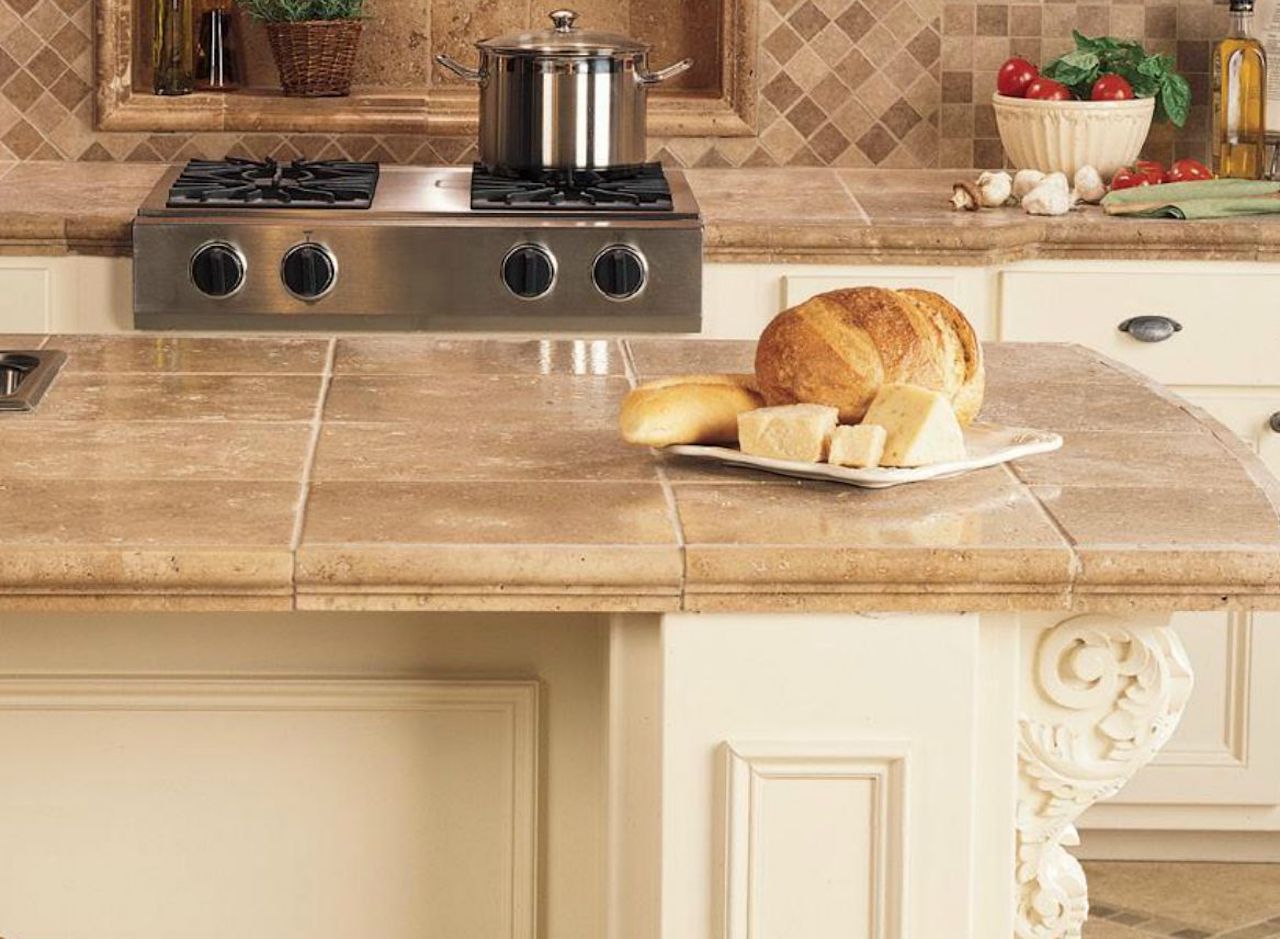
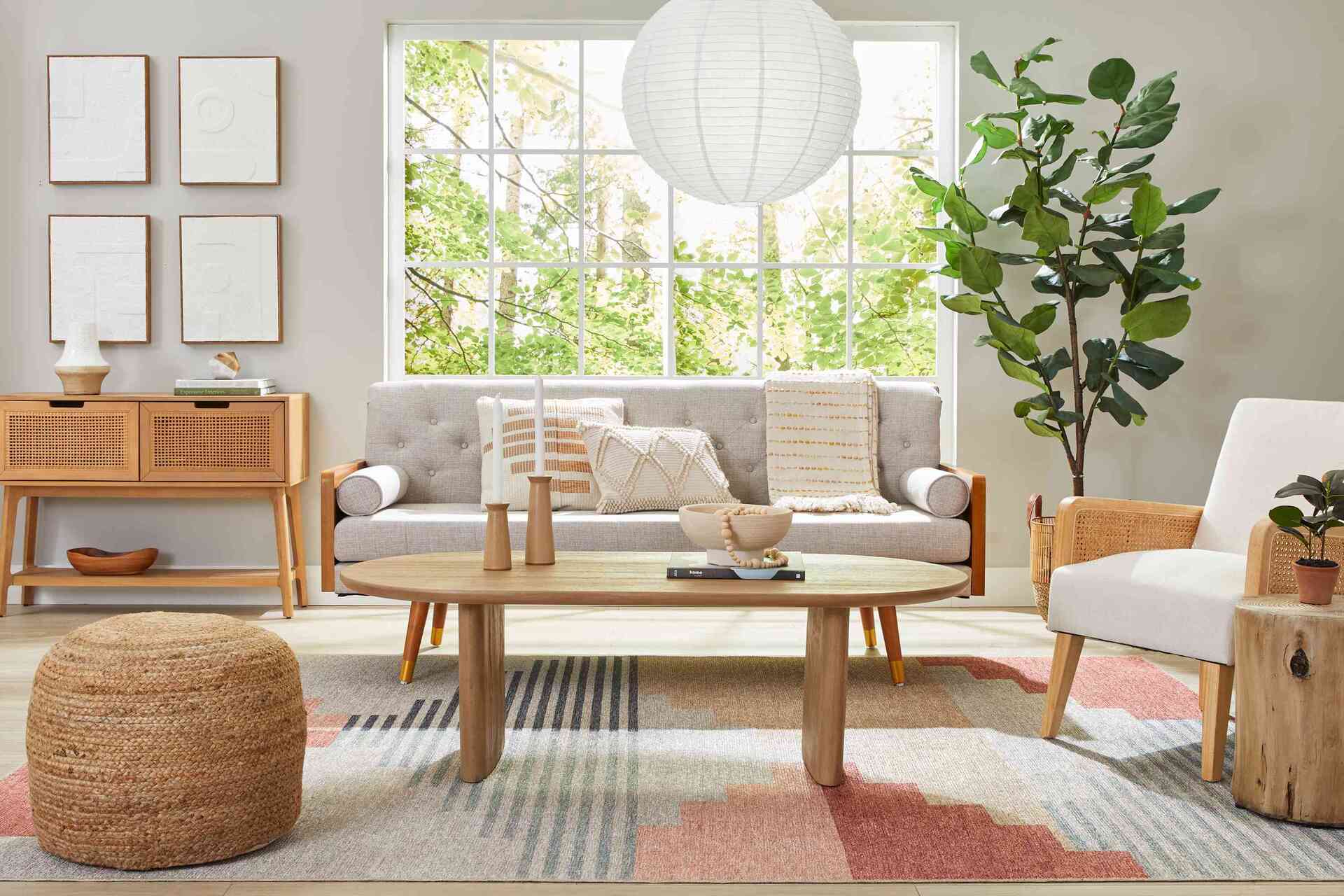
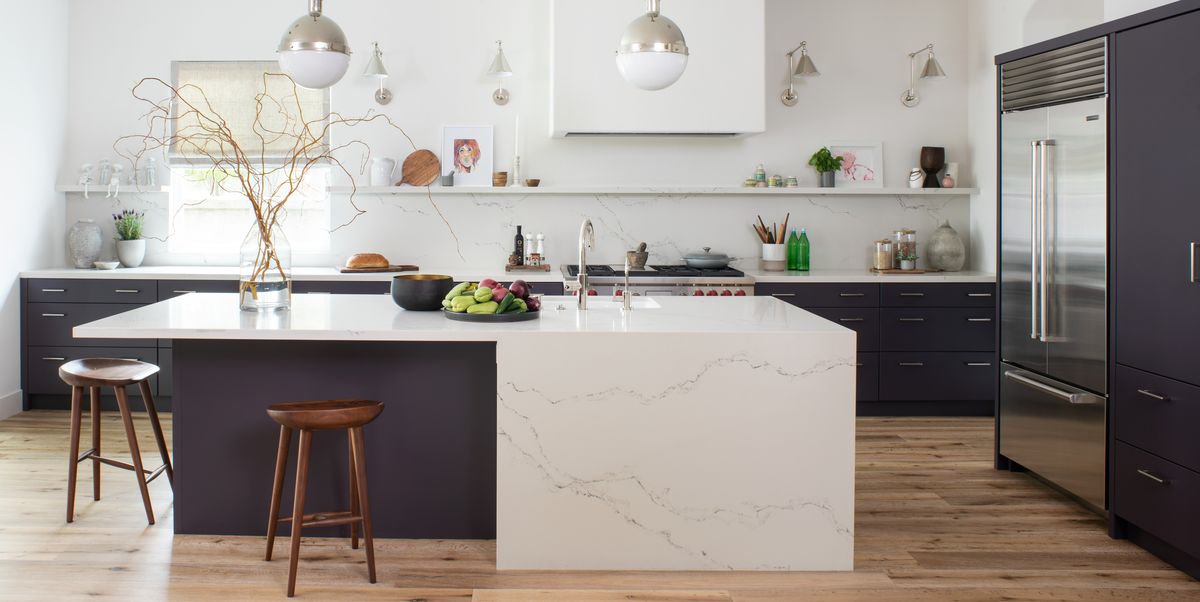
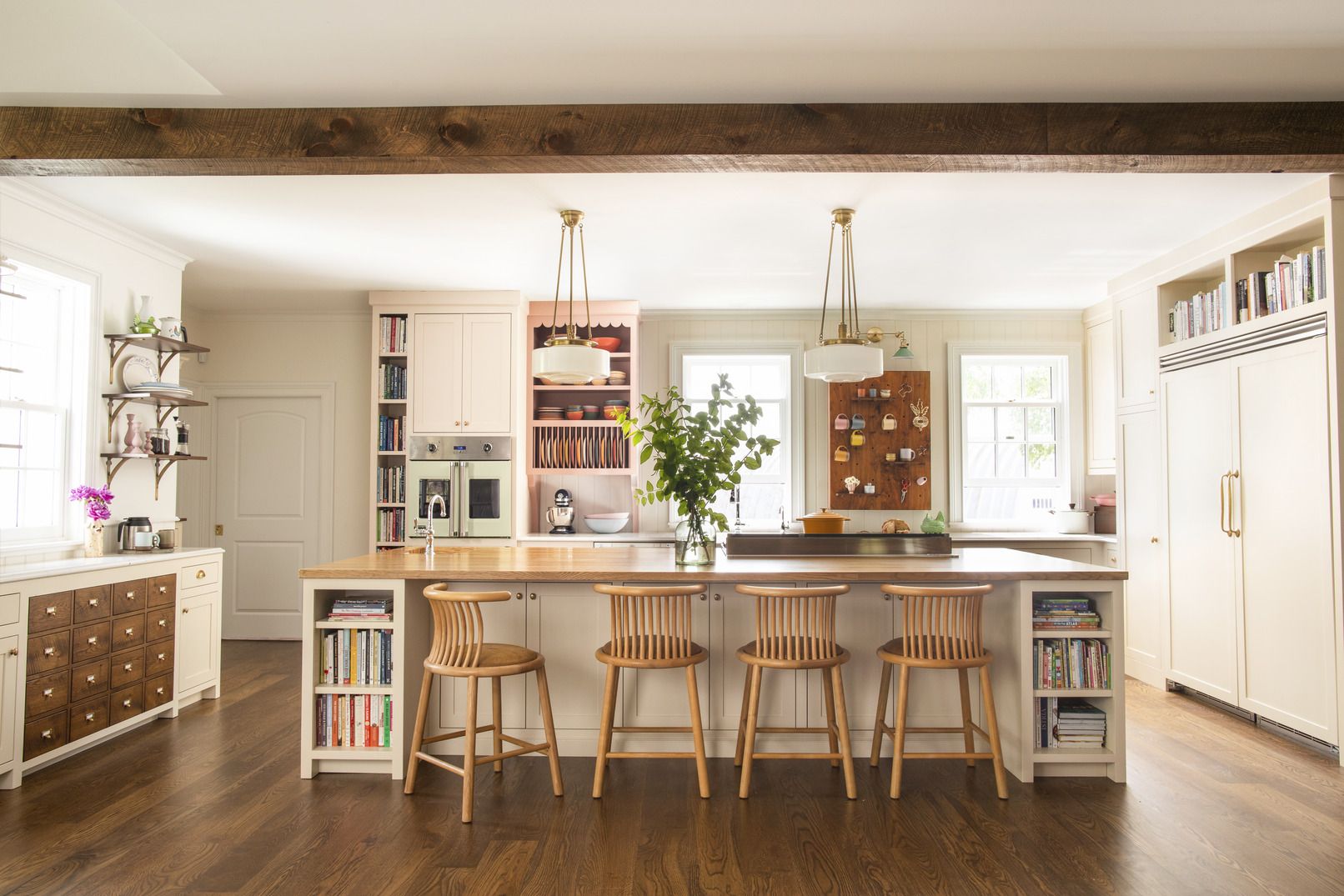
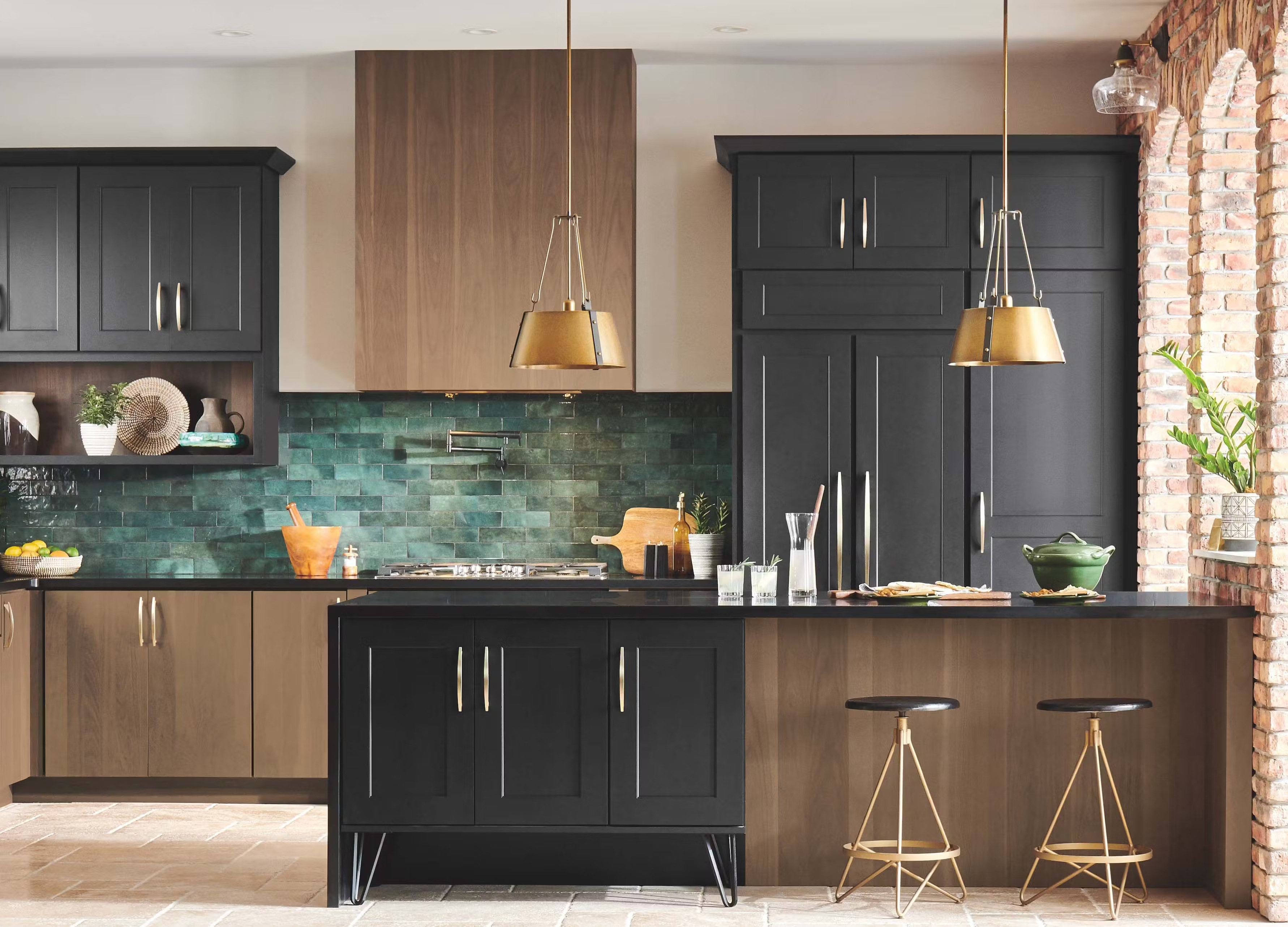
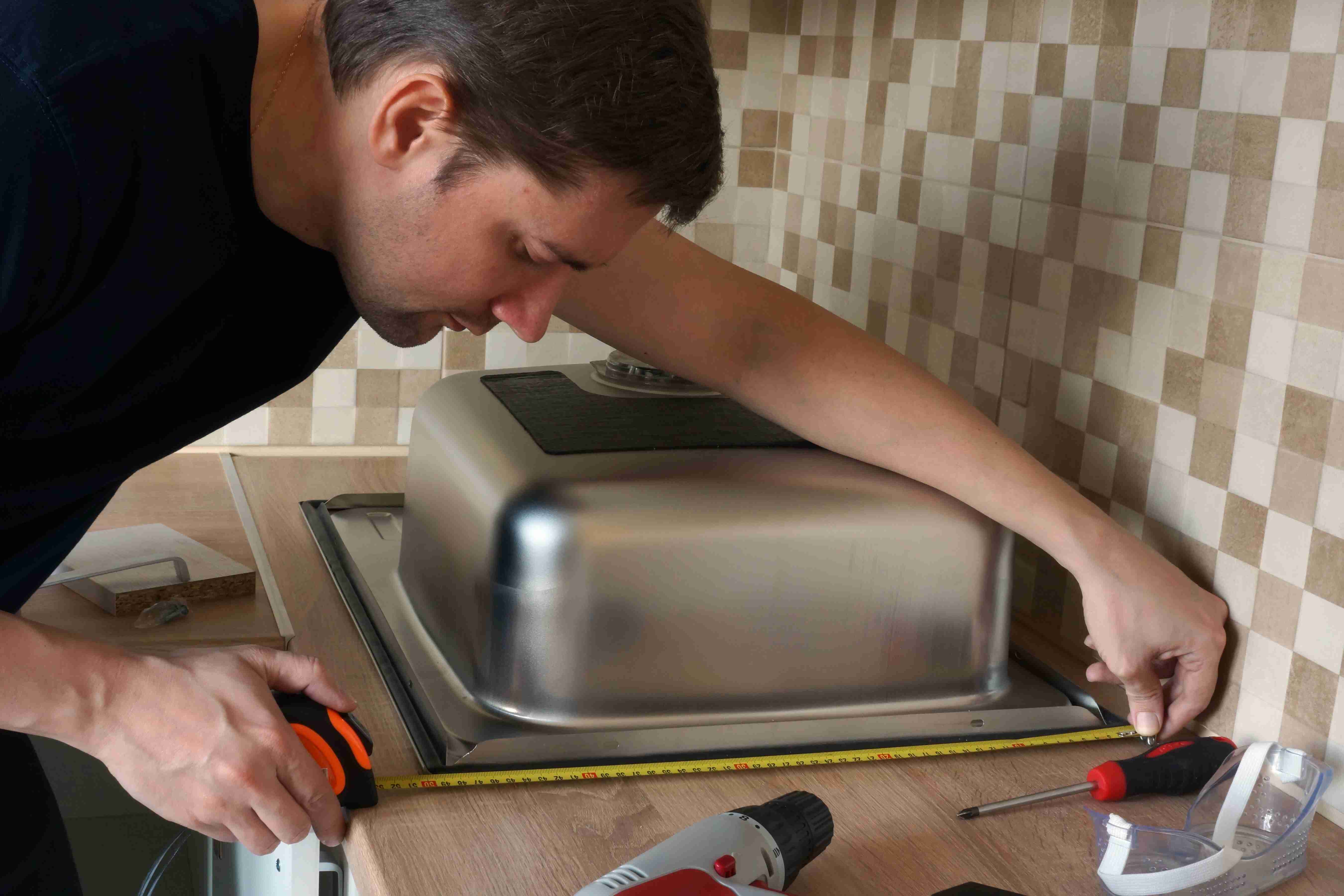
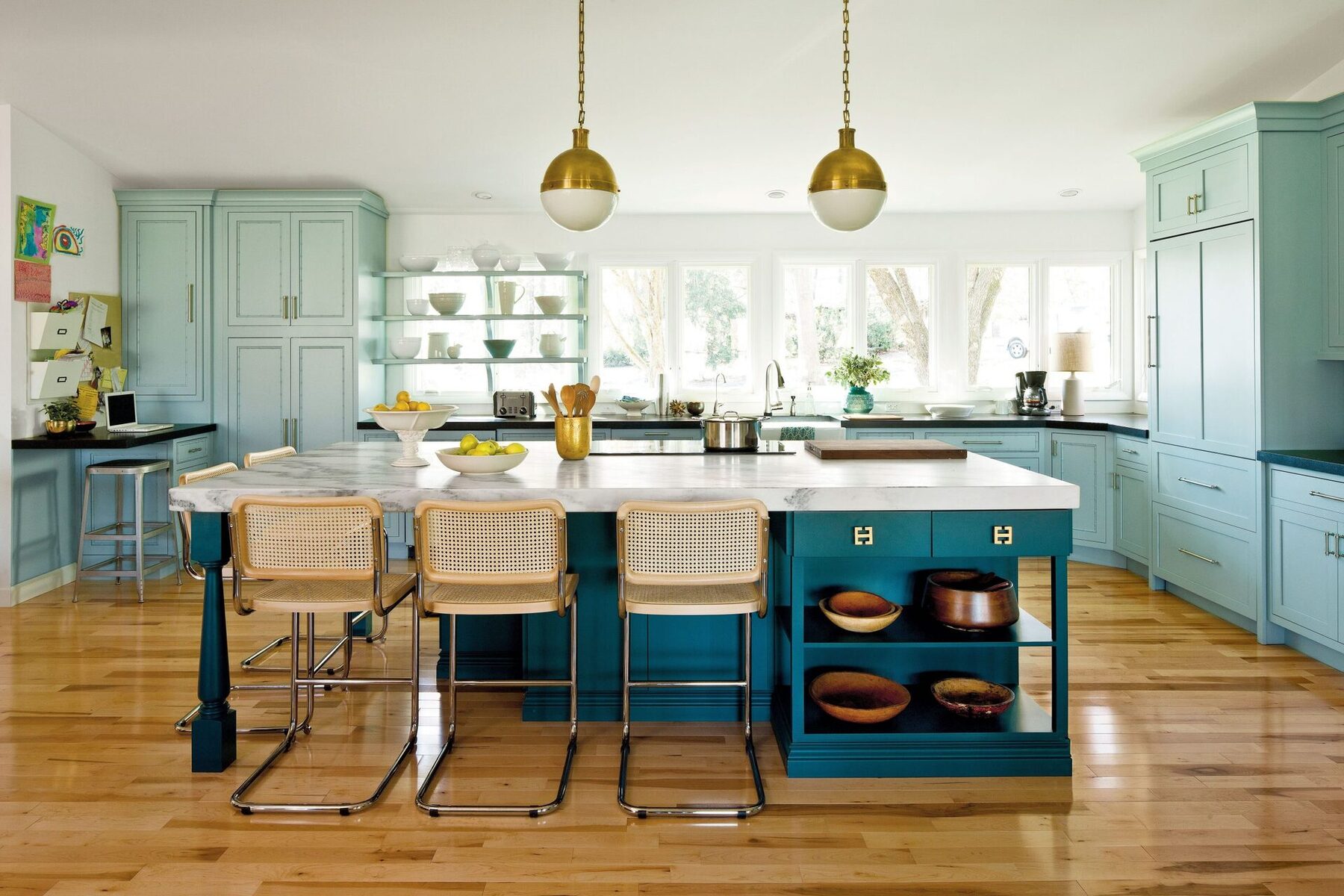
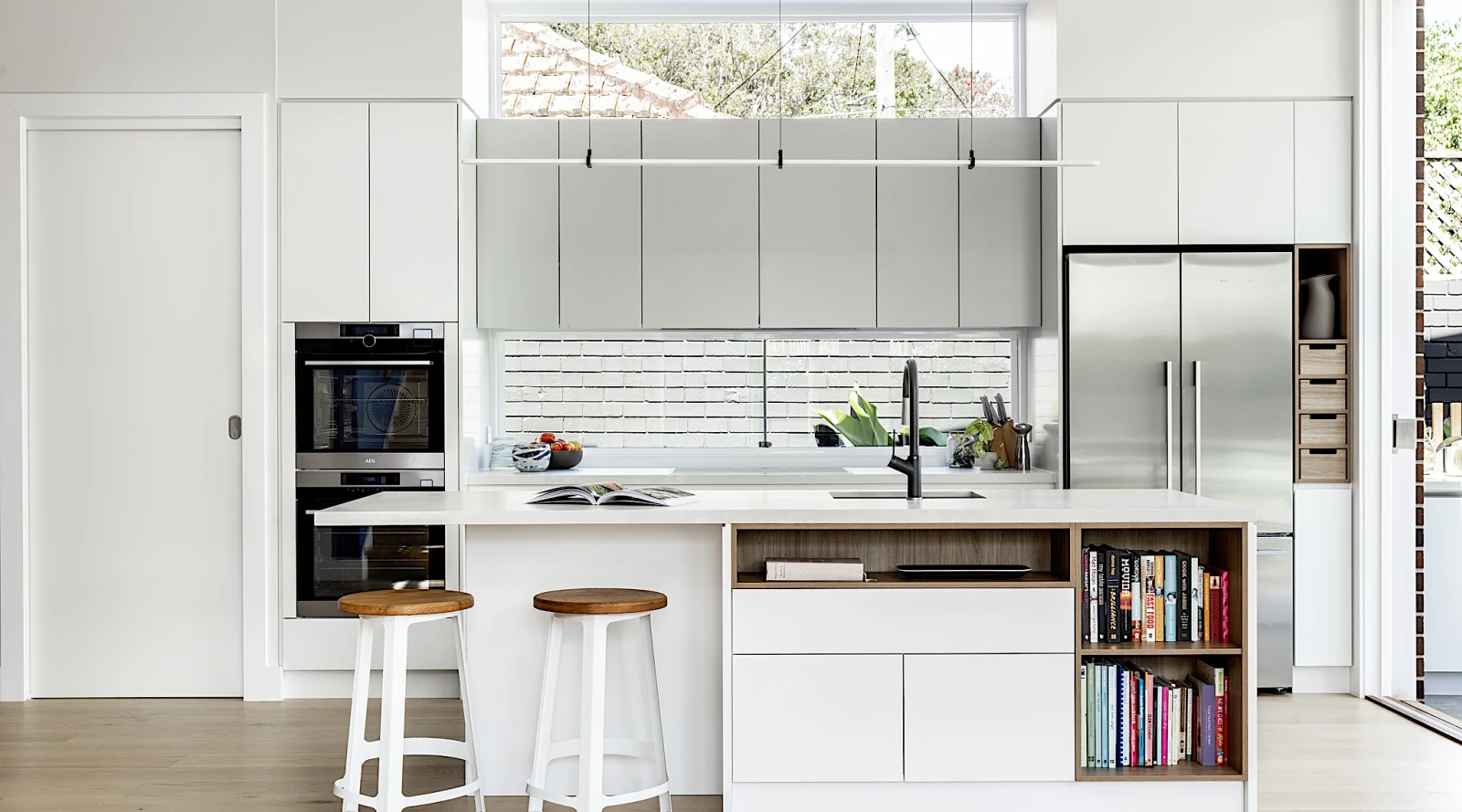
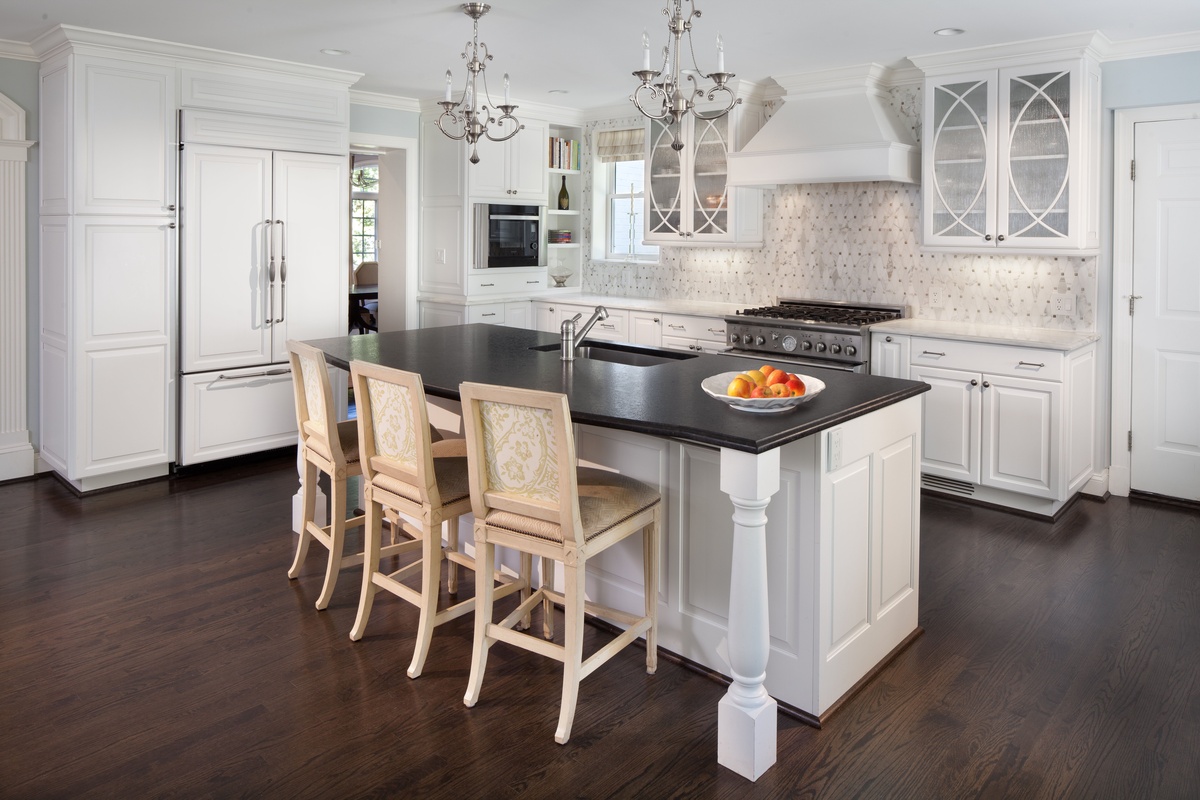
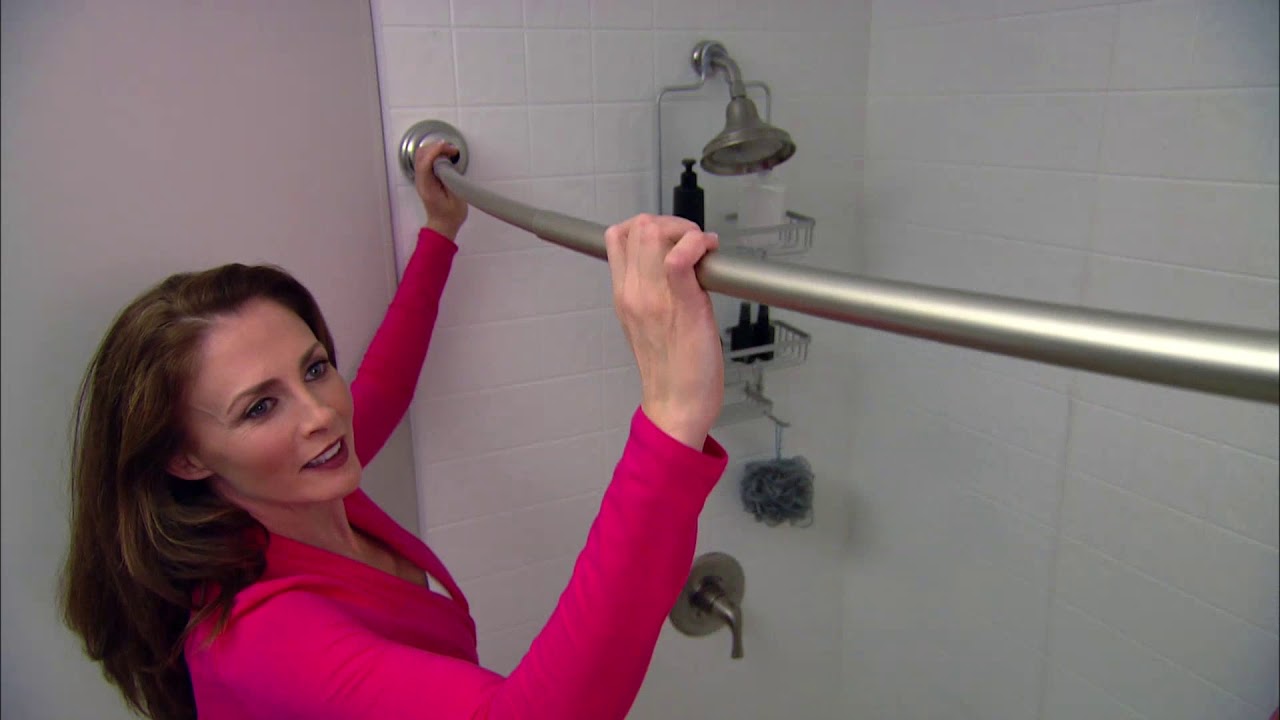
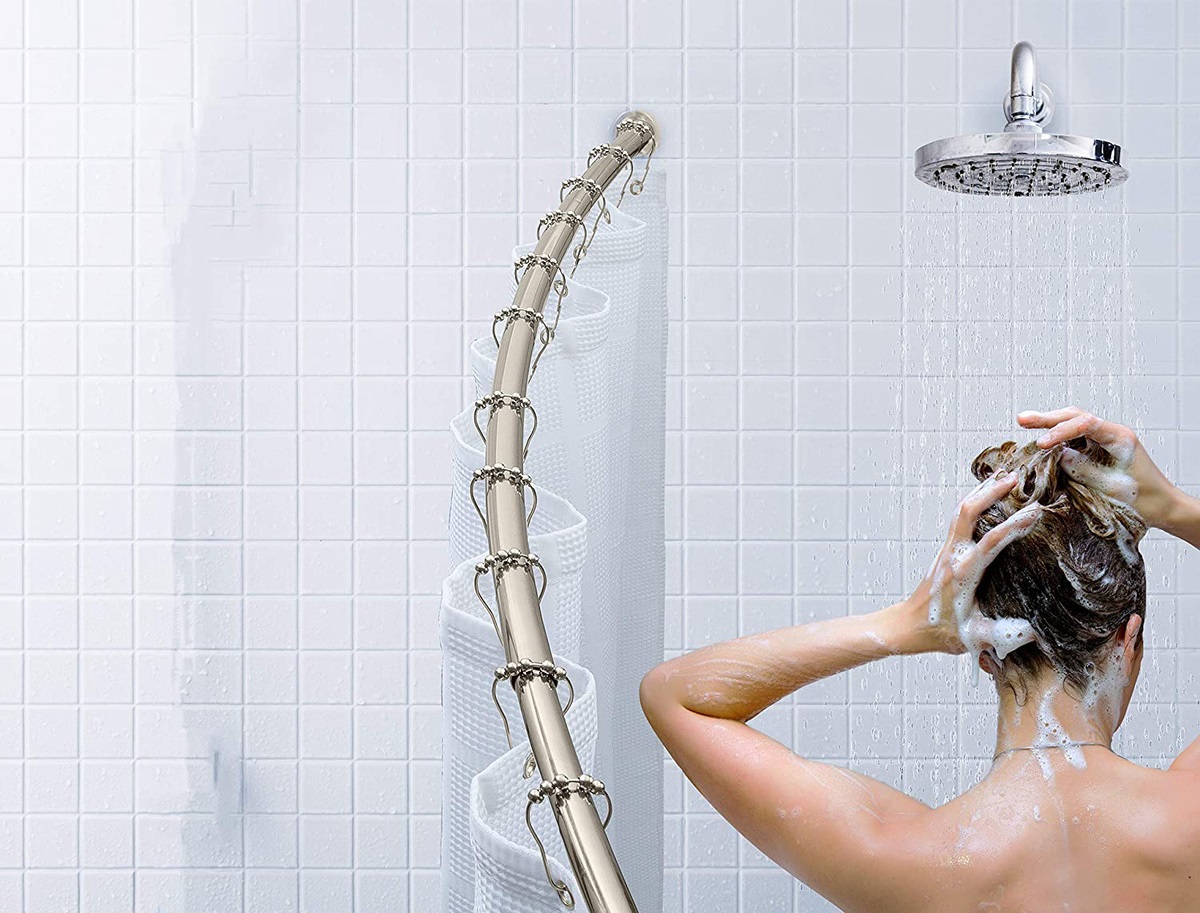
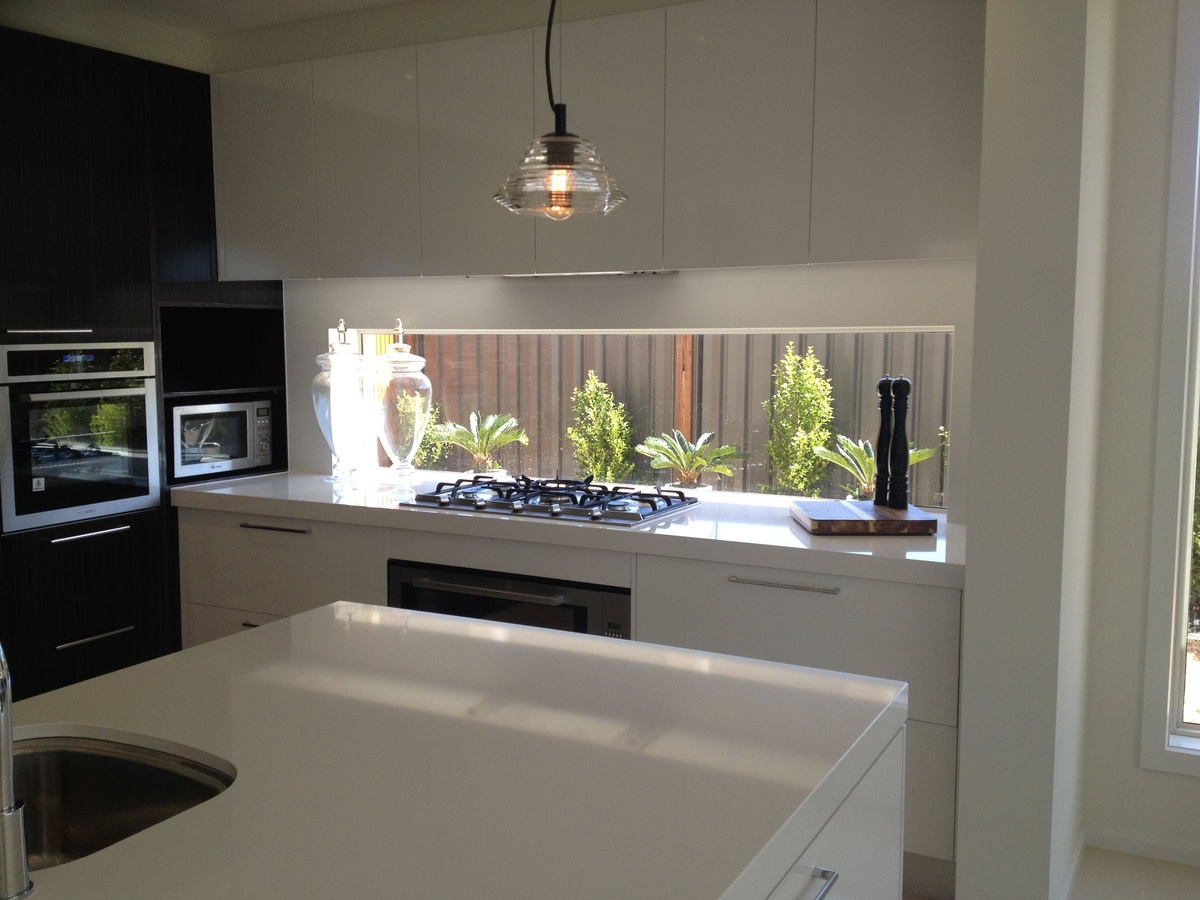
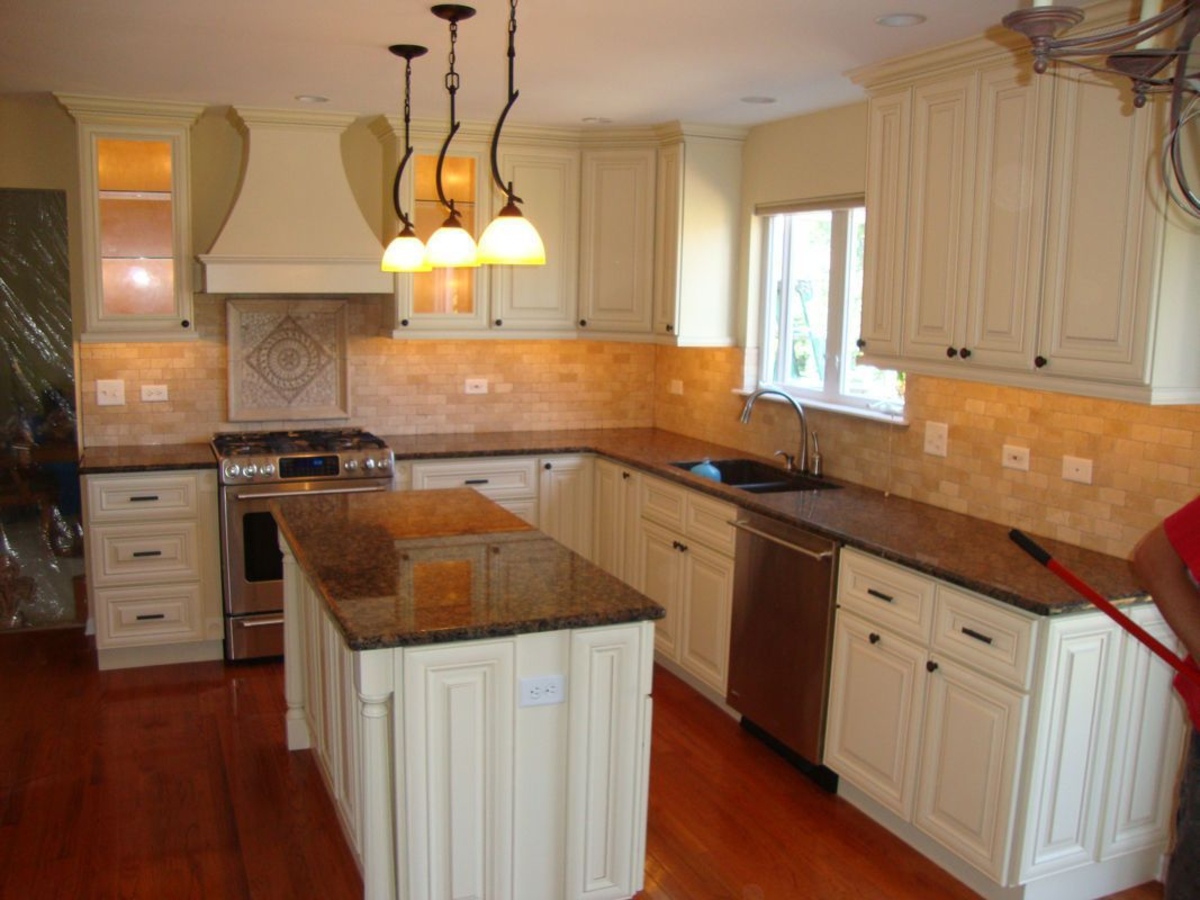

0 thoughts on “Kitchens With Curves: How To Embrace This New Trend”